Here in Galicia, the annual grape harvest is a time for celebration; the culmination of six months hard work. This year is different. Many growers are counting the cost of un año fatal.
For many, the season began back in February or early March. Last year’s fruiting canes were pruned ready for the coming season.
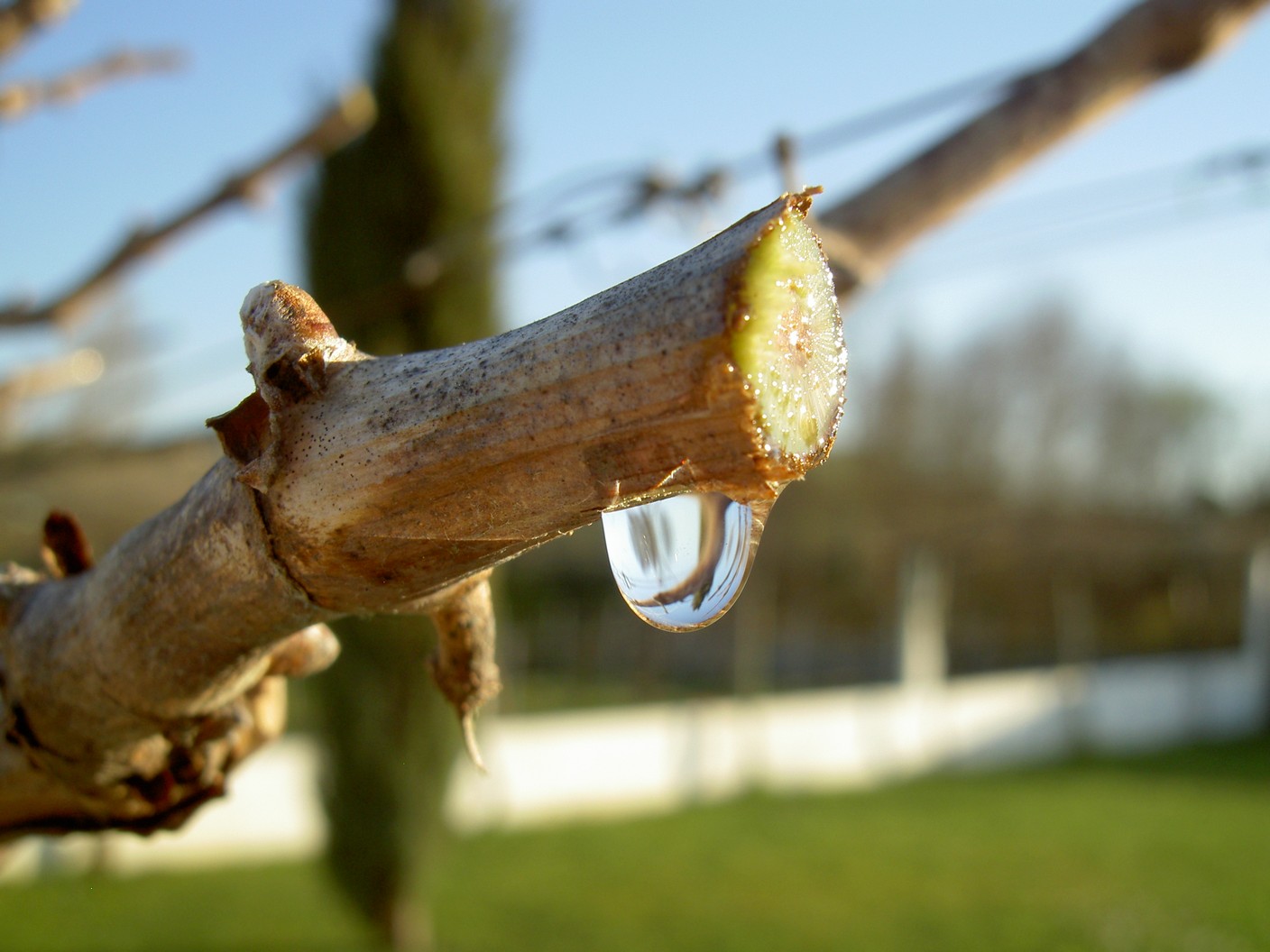
By the beginning of April the first buds had begun to burst into life.
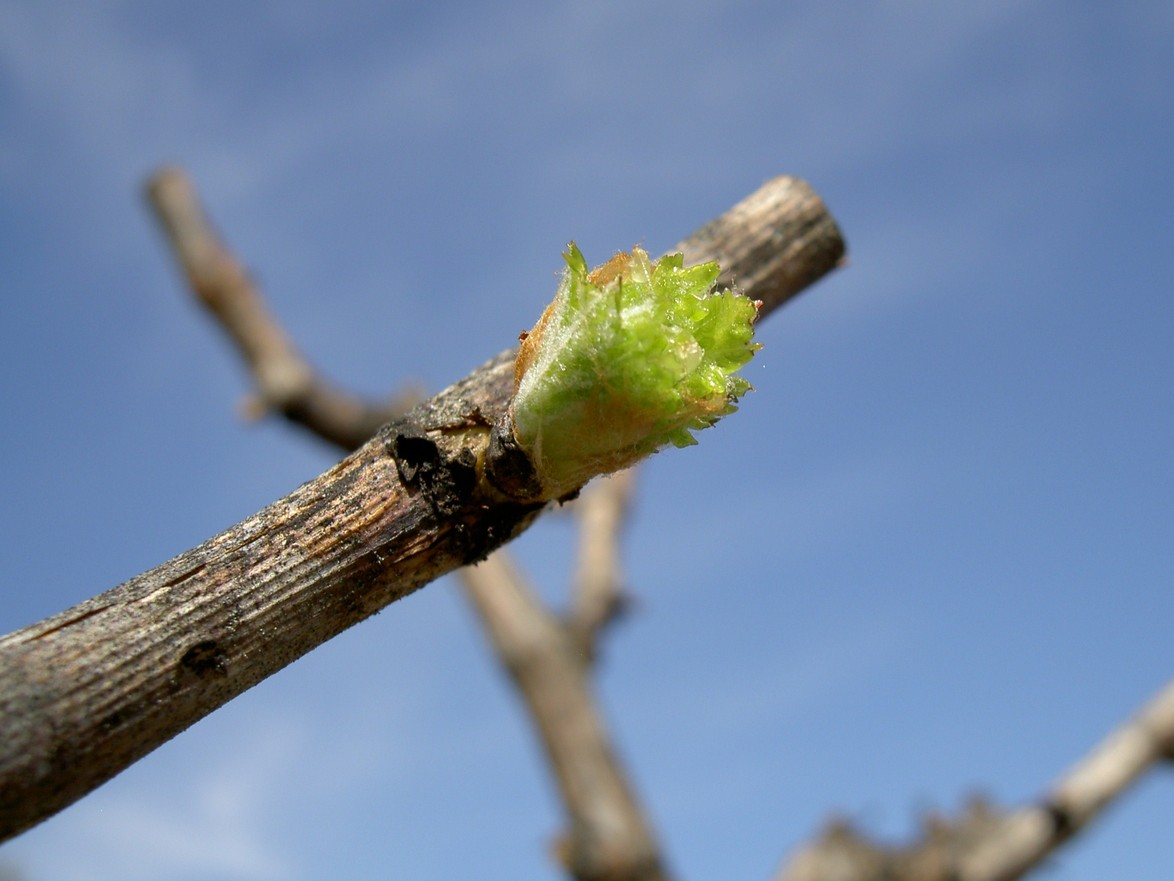
From busting buds to bright-green foliage; by the end of May the vineyard looked full of life.

The end of June saw young grapes swell in the warm sunshine.
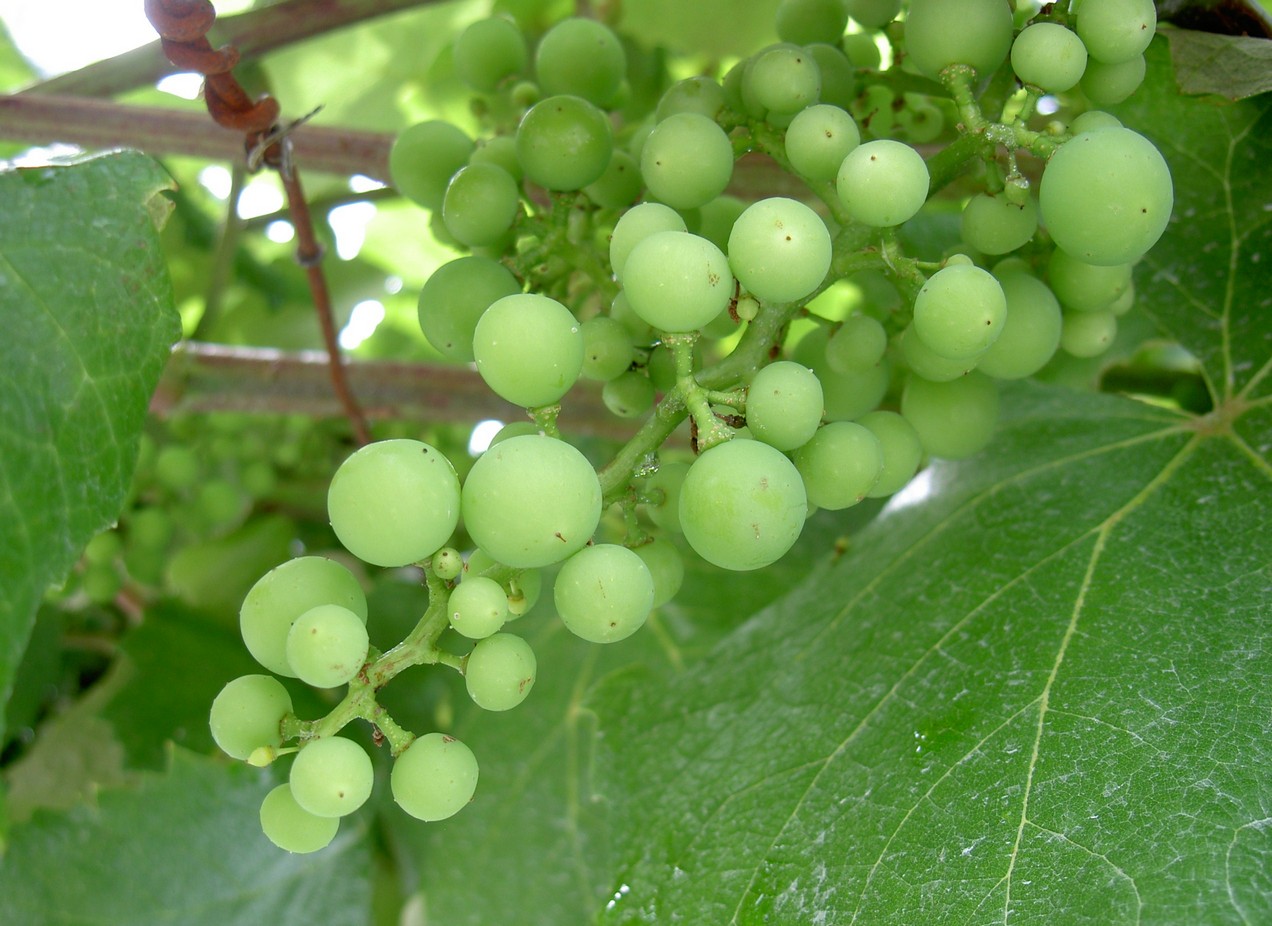
Unseasonably damp weather in mid July brought with it black rot, the vinicultural equivalent of the Black Death. Facing the prospect of a complete loss we worked tirelessly to save what we could.
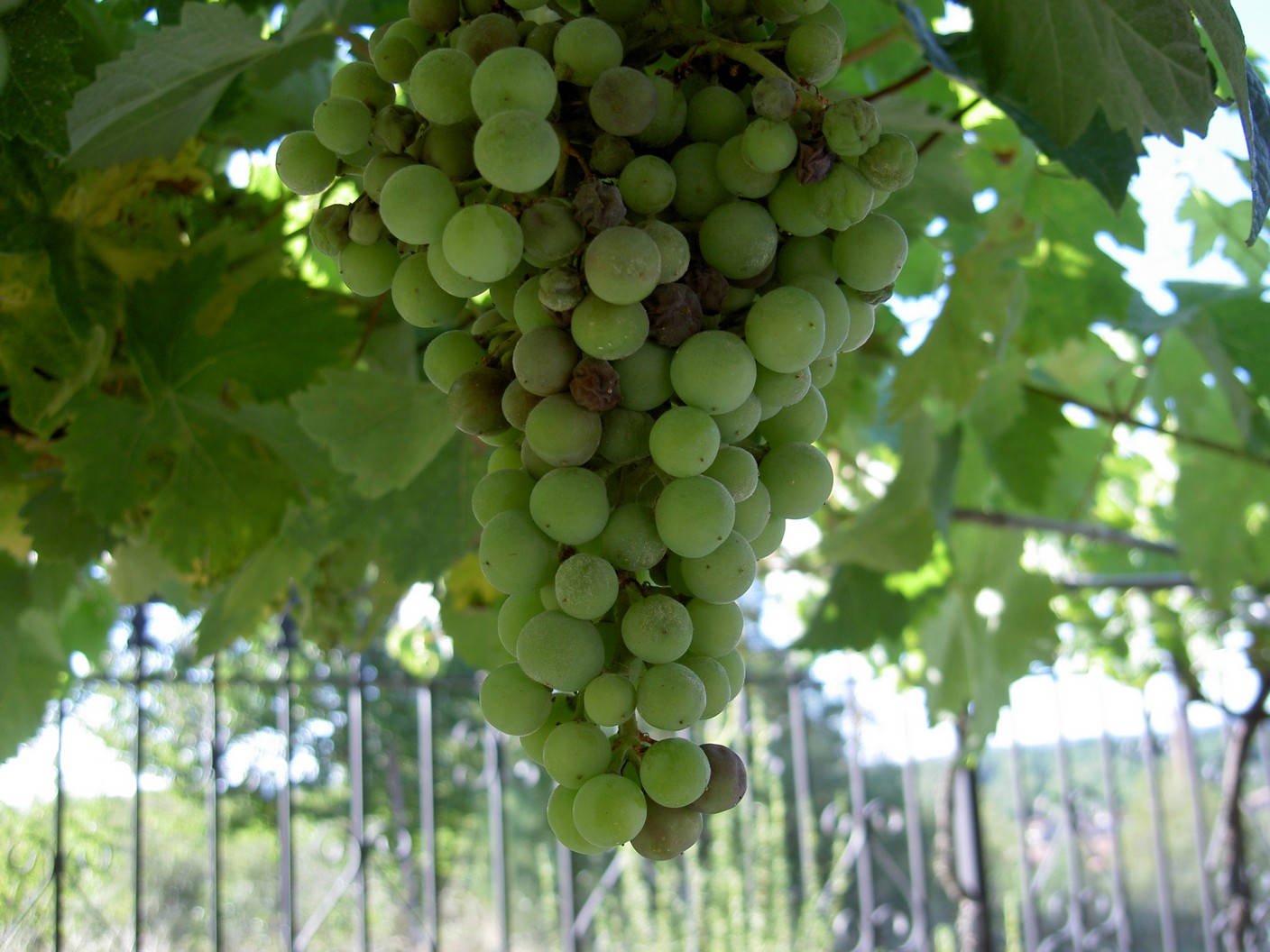
The final cost of this destructive disease resulted in an 80% reduction on last year’s yield. For us this is heartbreaking; for others, financially disastrous. Some have fared much better but others, even worse.
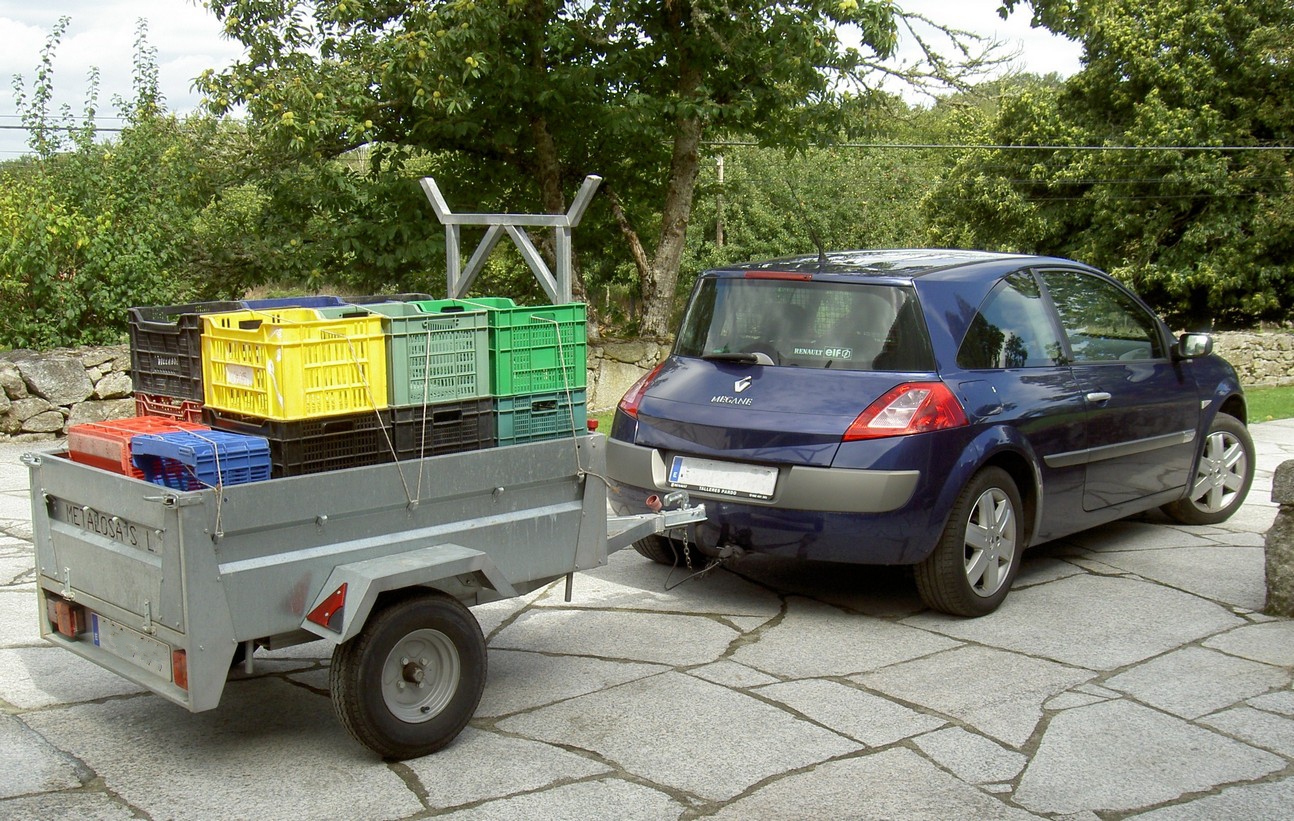
Work began early on harvest day (vendimia). We woke to a bright and dry morning. Thin veils of mist clung to low lying valleys as the morning sun struggled to break through wispy clouds. The previous day we’d collected the empty fruit crates from the bodega (wine cellar), ready for the day ahead.
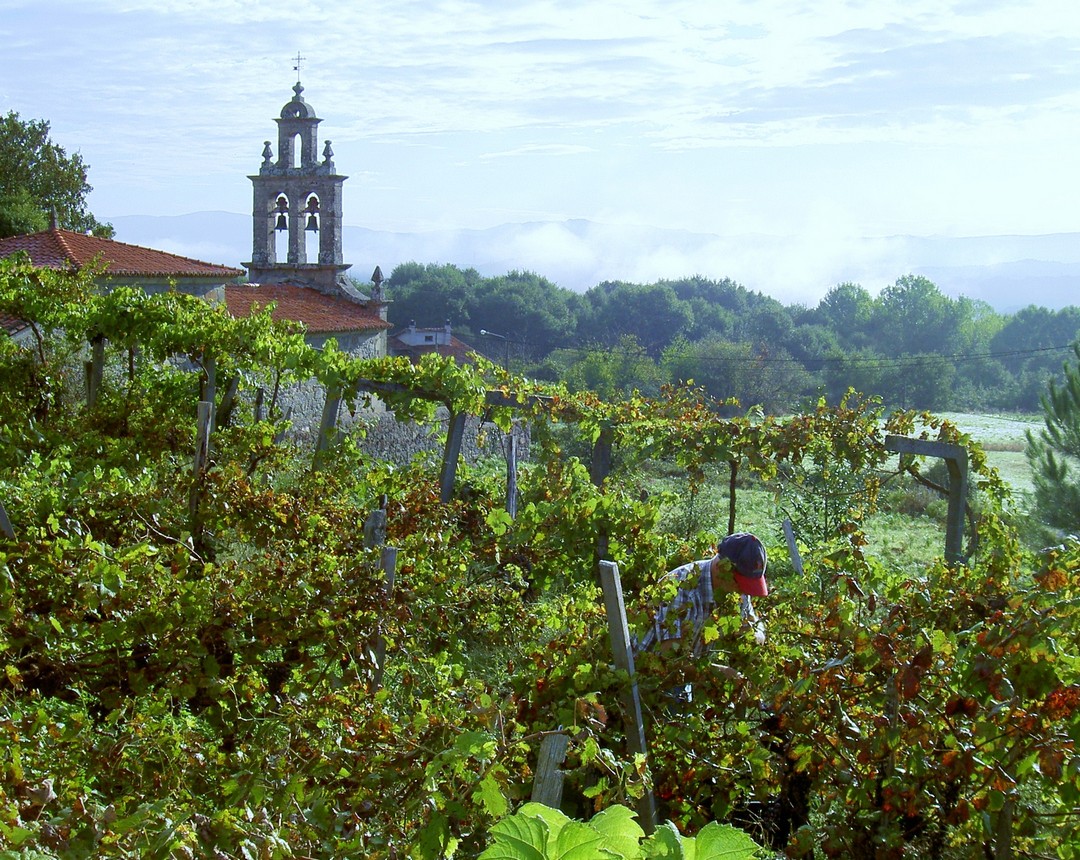
Armed with a sharp pair of secateurs the picking began. The ground was damp from a night-time downpour, so too was the foliage. The slightest tug on overhead vines brought with it a shower of water droplets.
By 10:30 am the red Mencia grapes were picked. We packed them into the trailer and sped off to the bodega. I couldn’t wait to use my new machine: crushing and destemming in one process. I only wish there’d been more to crush.
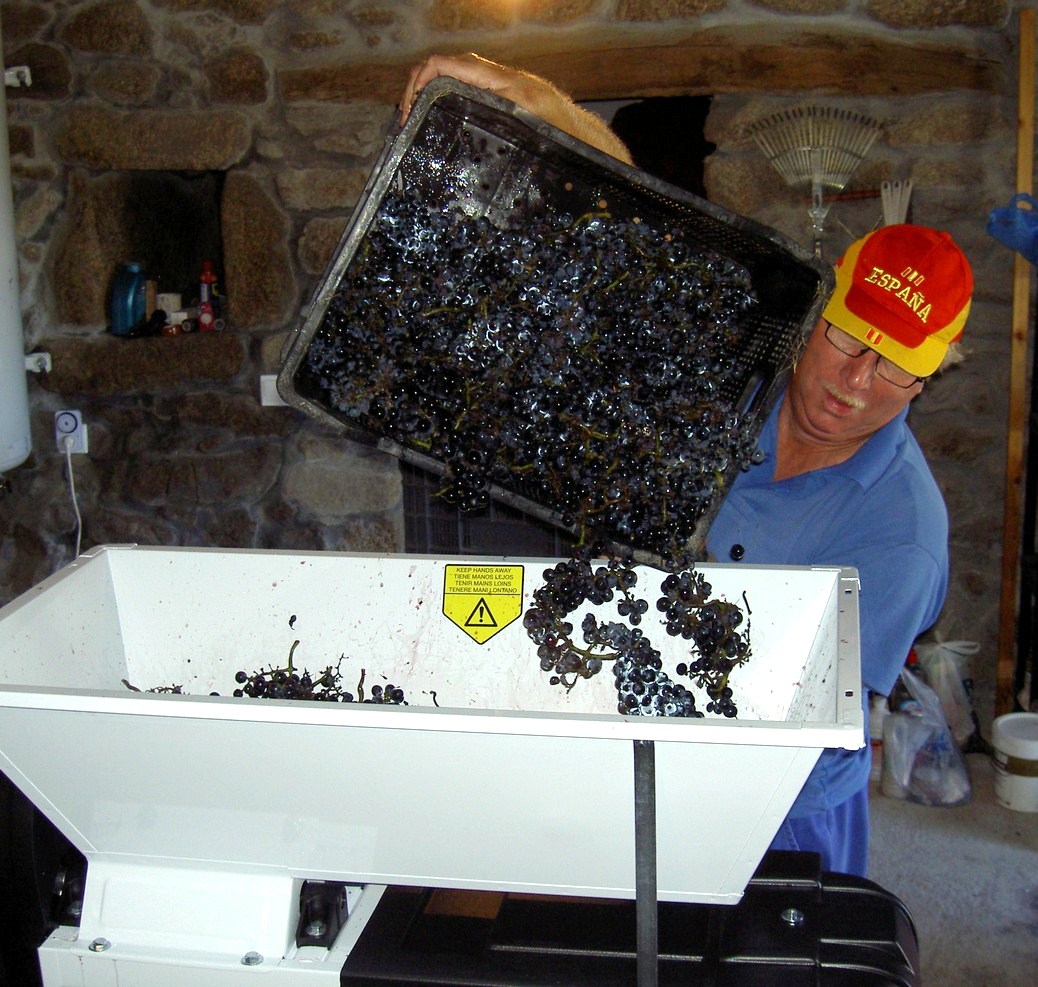
Once the must (grape juice) is safely stored in the vat the science begins. From a sample of juice I tested the sugar content (brix): a little low but easy to adjust, next the TA (tartaric acid) and finally the pH. Two years ago I inadvertently put my decimal point one place to the right and killed 180 litres of white wine. I checked my result; then double checked, just to make sure. A solution of potassium metabisulphite stuns the natural yeast. Twenty four hours later I added commercially produced wine yeast to kick-start the fermentation process.
For the time being, work in the vineyard is at an end. The vine leaves will soon turn rusty-red and golden-brown before falling to the ground. Weather permitting there’ll be one final tilling of the soil before year end.
Attention now turns to the fruit: from grapevines to delicious wines. The disappointing harvest is history; the next challenge lies ahead.
Copyright © 2014 Craig Briggs
*************************************************************************
Craig and Melanie own and operate a luxury farmhouse rental property called Campo Verde. To find out more about a stay at Campo Verde and Galicia in general, visit their website getaway-galicia
Craig’s book, Journey To A Dream, is available exclusively from Amazon, to purchase your copy click here for your national Amazon store.
Find out more about Craig, and Galicia or look him up on Facebook